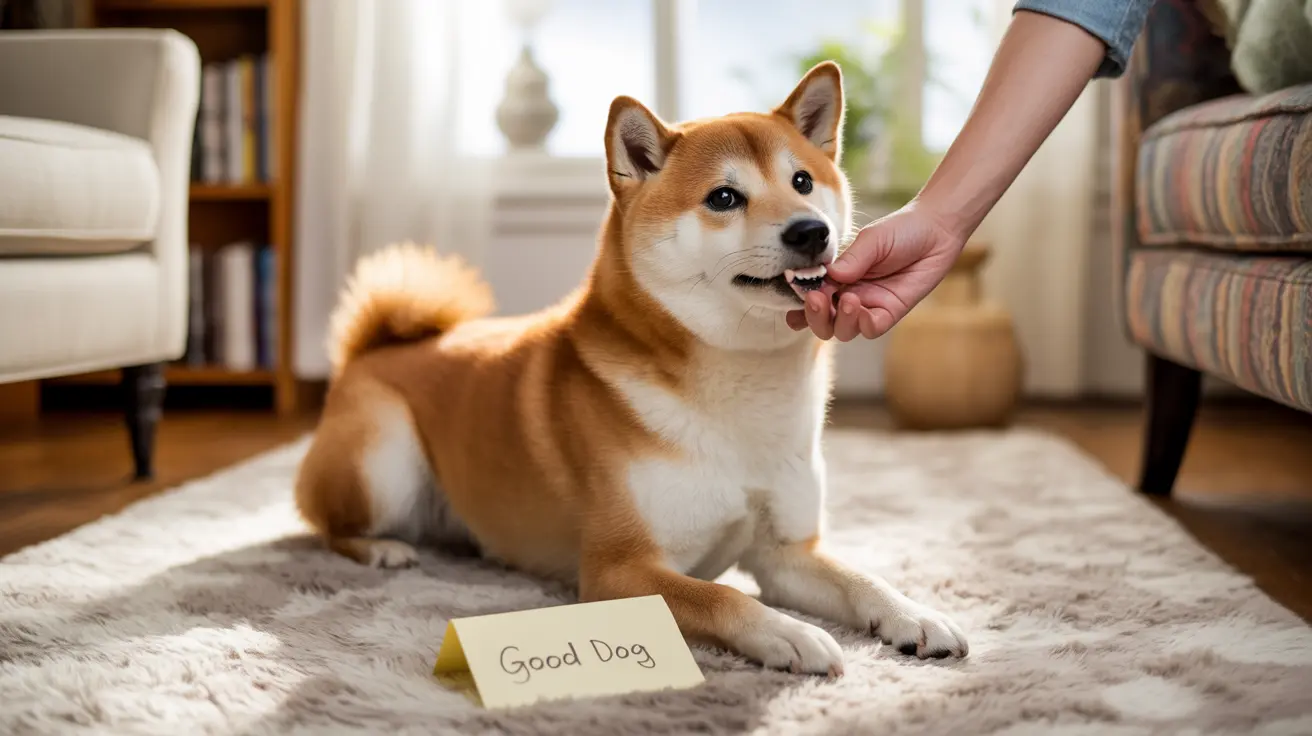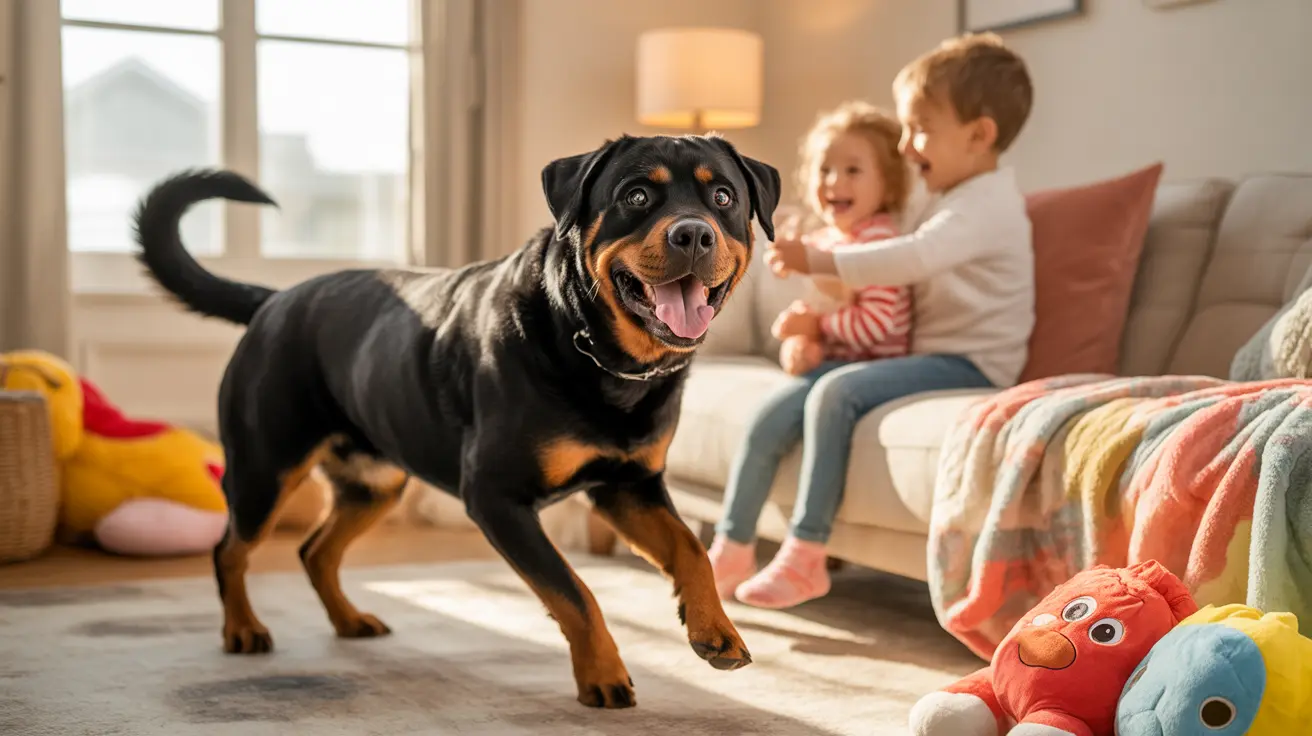Regular dental checks are crucial for your dog's health and well-being. With up to 80% of dogs developing dental disease by age three, knowing how to properly examine your dog's teeth at home can help prevent serious health issues and costly veterinary procedures. This comprehensive guide will walk you through the process of checking your dog's teeth safely and effectively.
Understanding the Importance of Dental Checks
Regular dental examinations are vital for catching early signs of dental disease, which can lead to pain, tooth loss, and even systemic health issues. When bacteria from dental disease enter the bloodstream, they can affect vital organs like the heart and kidneys, making prevention through regular checks essential.
Preparing for a Dental Check
Before examining your dog's teeth, create a calm and comfortable environment. Choose a quiet time when your dog is relaxed, such as after exercise. Have treats ready to reward cooperation and patience throughout the process.
Building Trust and Comfort
If your dog isn't used to having their mouth handled, start with these steps:
- Gently lift their lips for just a few seconds
- Offer immediate rewards for calm behavior
- Gradually increase the duration of handling
- Practice during relaxed moments throughout the day
Step-by-Step Teeth Examination Process
Visual Inspection
Start by carefully lifting your dog's lips to examine:
- Gum color (should be pink unless naturally pigmented)
- Signs of tartar buildup (yellow or brown deposits)
- Any obvious broken or loose teeth
- Swelling or bleeding along the gum line
Checking for Warning Signs
During your examination, look out for:
- Persistent bad breath
- Redness or inflammation of the gums
- Reluctance to have the mouth area touched
- Difficulty eating or dropping food
- Excessive drooling
Maintaining Regular Dental Care
After examining your dog's teeth, implement these preventive measures:
- Brush teeth regularly with dog-specific toothpaste
- Provide dental chews approved by veterinarians
- Use water additives designed for dental health
- Schedule professional cleanings as recommended by your vet
When to Seek Veterinary Care
Contact your veterinarian immediately if you notice:
- Broken or loose teeth
- Bleeding or severely inflamed gums
- Unusual growths in the mouth
- Signs of pain when eating or chewing
- Excessive drooling or pawing at the mouth
Frequently Asked Questions
How do I safely check my dog's teeth and gums at home?
Gently lift your dog's lips to examine their teeth and gums without forcing your fingers inside their mouth. Use good lighting and reward your dog with treats for cooperation. Never force the examination if your dog shows signs of stress or resistance.
What signs should I look for that indicate my dog has dental problems?
Watch for bad breath, yellow or brown tartar buildup, red or bleeding gums, loose or broken teeth, difficulty eating, and pawing at the mouth. Any of these signs warrant a veterinary check-up.
How often should I brush my dog's teeth and what tools should I use?
Ideally, brush your dog's teeth daily using a dog-specific toothbrush and toothpaste. Never use human toothpaste, as it can be harmful to dogs. Even brushing 2-3 times per week can make a significant difference.
How can I gradually get my dog used to having their teeth checked and brushed?
Start with brief sessions of gentle lip lifting and touching the outside of their mouth. Reward calm behavior with treats and praise. Gradually progress to touching their teeth and gums, then introduce the toothbrush. Make each experience positive and never force cooperation.
When should I take my dog to the vet for dental care or professional cleaning?
Schedule regular dental check-ups during annual veterinary visits. Seek immediate care if you notice broken teeth, bleeding gums, difficulty eating, or signs of pain. Professional cleanings may be recommended annually or as needed based on your dog's oral health.
Remember, maintaining your dog's dental health is an essential part of their overall well-being. Regular home checks combined with professional care can help prevent serious dental issues and ensure your furry friend maintains a healthy, happy smile.






